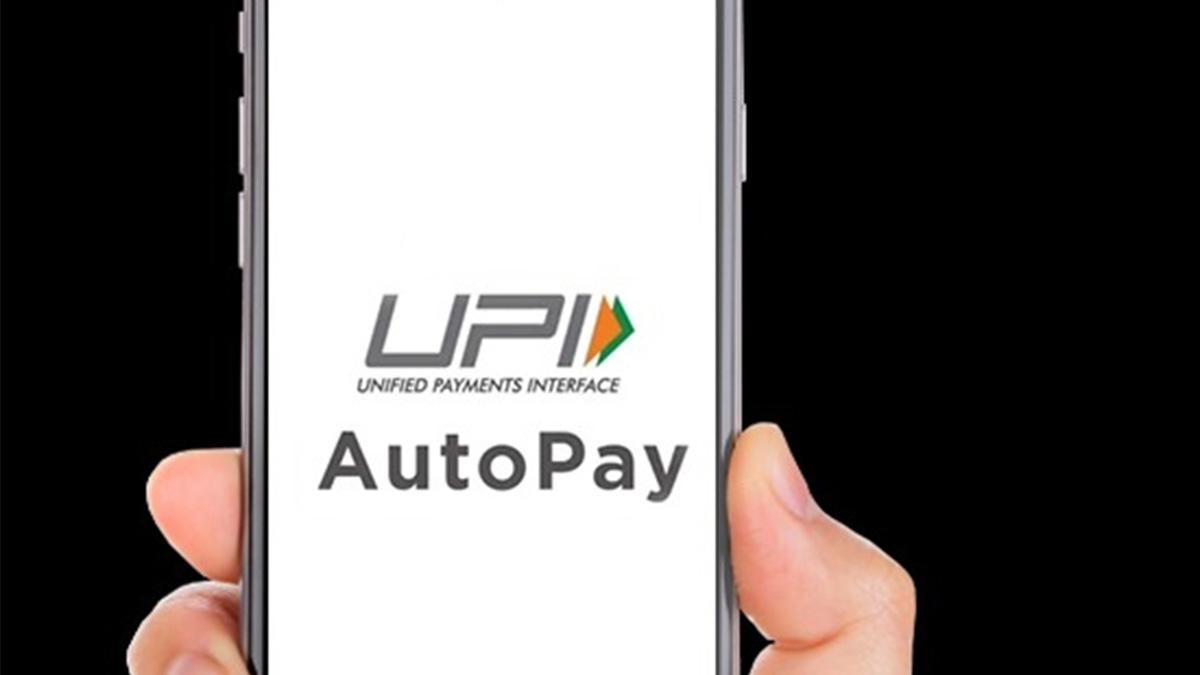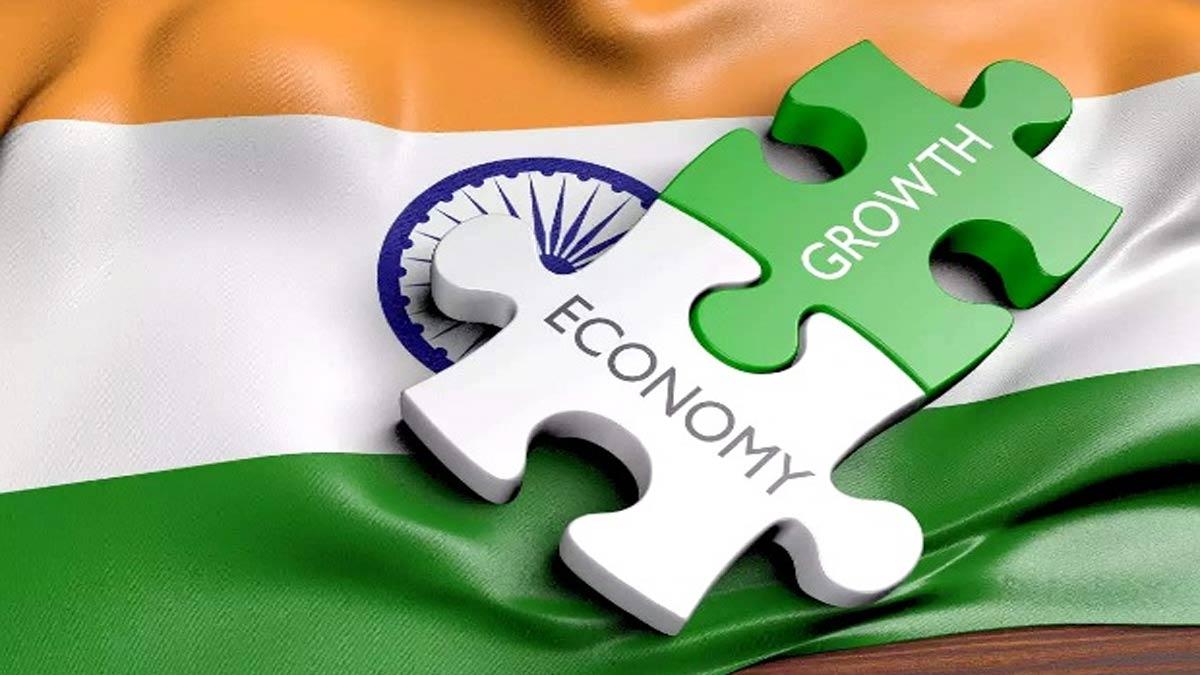Significant changes have been implemented in the Unified Payments Interface (UPI) at the start of the New Year, aimed at enhancing the efficiency and security of online banking and payment transactions in India.
The National Payments Corporation of India (NPCI) has introduced pivotal adjustments, including the directive for payment apps to deactivate dormant UPI IDs that have remained inactive for over a year. This initiative aims to streamline the system by removing inactive IDs, ensuring a more streamlined and active user base.
Another notable development is the launch of 'UPI for Secondary Market' in its Beta phase by NPCI. HDFC Bank has already conducted transactions through this framework within the NPCI's UPI payments app. Under this program, investors can reserve funds in their bank accounts, and the debit will only occur upon trade confirmation during settlement by the Clearing Corporations. This initiative, in collaboration with Groww, BHIM, Groww, and YES PAY NEXT as UPI apps, currently involves customers of HDFC Bank and ICICI Bank.
The expansion of this service to other stakeholders, such as stockbrokers like Zerodha, customer's banks like Axis Bank and Yes Bank, and popular UPI-enabled apps like Paytm and PhonePe, is imminent as they are undergoing certification and are poised to join the Beta launch shortly.
In parallel, the Reserve Bank of India (RBI) has revised the UPI transaction limit for hospitals and educational institutions from Rs 1 lakh to Rs 5 lakh, allowing for more substantial transactions in these sectors. Furthermore, the RBI plans to introduce UPI ATMs nationwide, enabling cash withdrawals by scanning a QR code. Hitachi Payment Services has already introduced the country's maiden UPI-ATM as a White Label ATM (WLA) in collaboration with NPCI.
Additionally, the RBI is contemplating imposing a 4-hour time constraint on users initiating first-time payments exceeding Rs 2,000 to new recipients. This measure aims to ensure enhanced security and vigilance during such transactions, safeguarding users against potential risks.
These alterations signify a concerted effort by regulatory bodies and financial institutions to refine and fortify the UPI ecosystem, promoting convenience, security, and wider accessibility in digital transactions across various sectors in India.
(With Agency Inputs)
ALSO READ | India's DPI Empowers 97% of Population, Extending Beyond Aadhaar and UPI: Report
ALSO READ | India's UPI 'incredibly painful' experience for ecosystem participants: Mastercard CFO


















